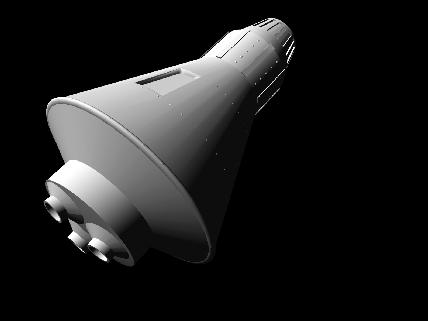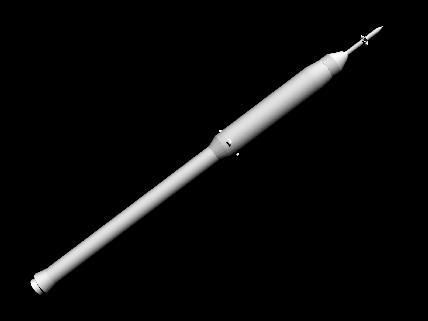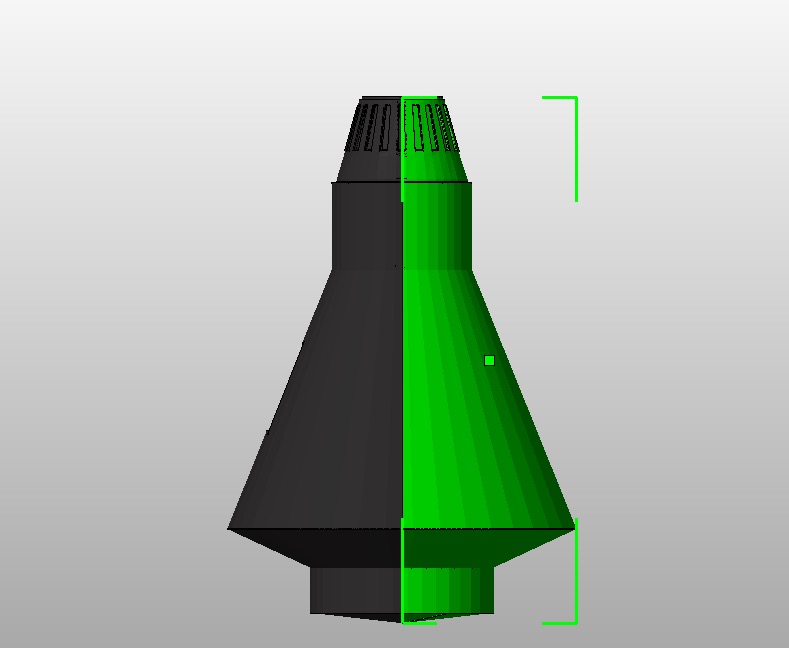Did you know that US space agency NASA offers a formidable set of 3D models available for 3D printing?
In fact, they do. As of this writing, there are no less than 247 3D models in their repository, each of which is available for free download – and 3D printing if you’re up to it.
When we say “up to it”, we mean it. These 3D models are not exactly easy to 3D print. Most of the 3D models are of spacecraft, which tend to include a lot of spindly structures and invariably none have a nice, clean flat base to ease printing.
You’ll be using a lot of support structures to print these.
Most of the files are provided in .3DS format, meaning you’ll have to have some 3D software able to open them to convert them into .STL format for 3D printing.
We also strongly recommend using a mesh repair tool like MeshMixer or NetFabb to clean up non-printable areas that may be present in the models. Many of them were prepared as “visual” models and are not necessarily immediately 3D printable. Watch out: in some cases, repairs may “remove” antennae or other elements that may be not directly attached to the main portion of the model.
Some, like this Ares 1 rocket, will no doubt require segmentation, as it is an extremely thin object. By using NetFabb or similar software, you will be able to chop this rocket into perhaps five or six parts for easier 3D printing. You’ll also get a much larger final print, too.
The Mercury spacecraft shown at top will also require some work, as it does not have a flat base. One approach here would be to slice the model in two, right down the middle. Print each half with the flat side down and then glue the two results together.
Another type of 3D model present is of celestial bodies themselves. Here we see a 3D model of Vesta, a very large body in the asteroid belt. While it may be cool to print such an item, these models are generally uninteresting as they’re pretty close to spheres; the surface detail is often beyond the resolution of your 3D printer.
If you can handle these 3D printing challenges, you might want to check out NASA’s growing library of 3D models.
Via NASA




